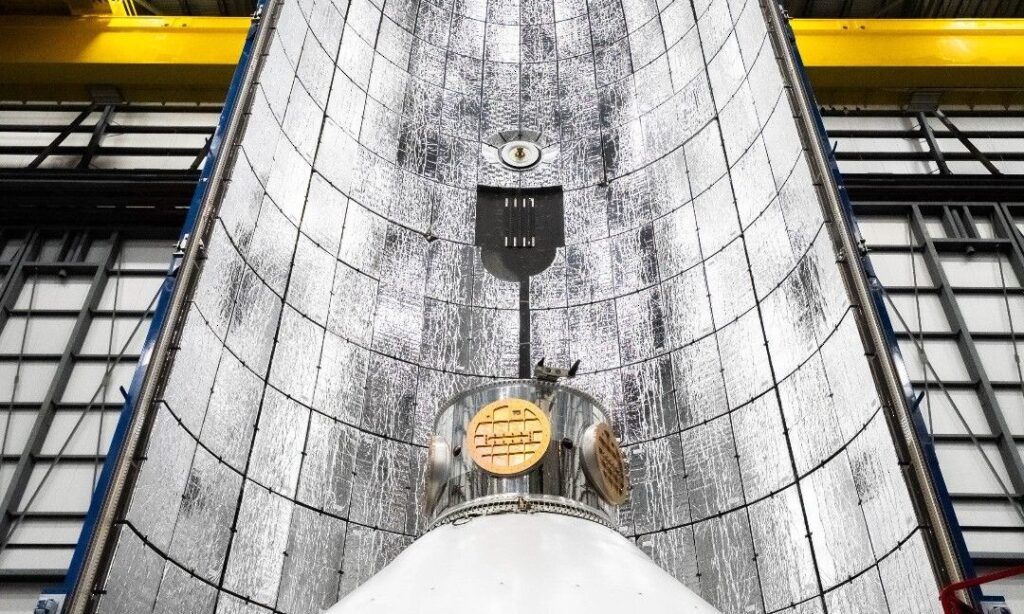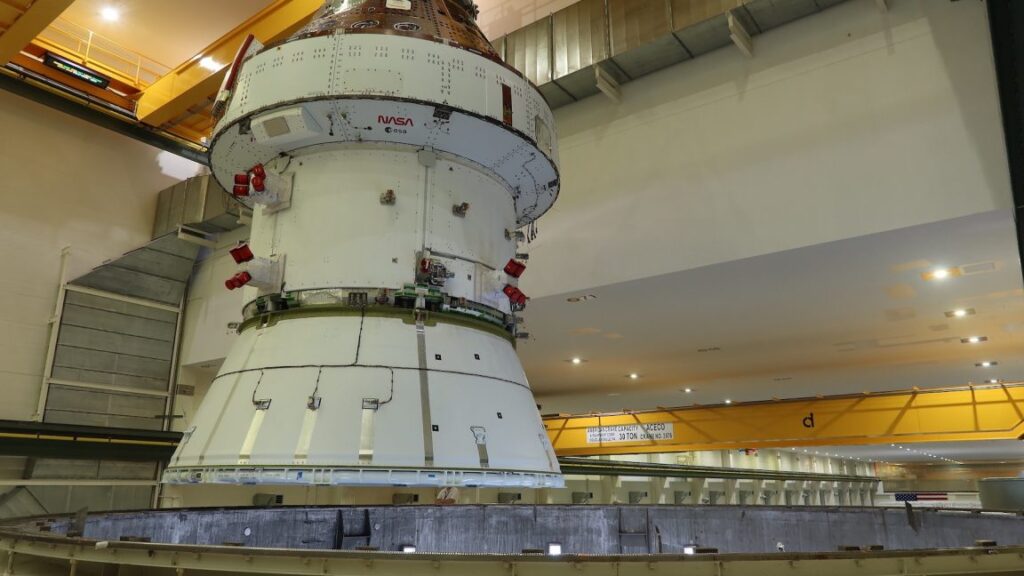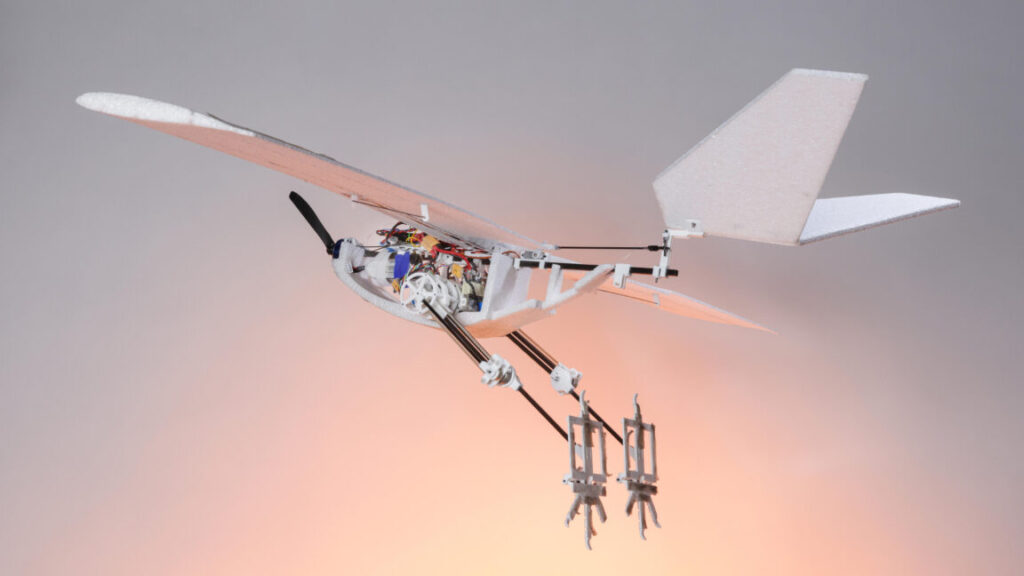NASA believes it understands why Ingenuity crashed on Mars
Eleven months after the Ingenuity helicopter made its final flight on Mars, engineers and scientists at NASA and a private company that helped build the flying vehicle said they have identified what probably caused it to crash on the surface of Mars.
In short, the helicopter’s on-board navigation sensors were unable to discern enough features in the relatively smooth surface of Mars to determine its position, so when it touched down, it did so moving horizontally. This caused the vehicle to tumble, snapping off all four of the helicopter’s blades.
Delving into the root cause
It is not easy to conduct a forensic analysis like this on Mars, which is typically about 100 million miles from Earth. Ingenuity carried no black box on board, so investigators have had to piece together their findings from limited data and imagery.
“While multiple scenarios are viable with the available data, we have one we believe is most likely: Lack of surface texture gave the navigation system too little information to work with,” said Ingenuity’s first pilot, Håvard Grip of NASA’s Jet Propulsion Laboratory, in a news release.
A team from NASA and a company that specializes in unmanned aerial vehicles, AeroVironment, started by looking at the terrain where Ingenuity was operating over during its 72nd flight, on January 18 of this year. The helicopter’s navigation system tracked visual features on the surface using a downward-looking camera. During its initial flights, Ingenuity was able to discern pebbles and other features to determine its position. But nearly three years later, Ingenuity was flying in a region of Jezero Crater filled with steep, relatively featureless sand ripples.
NASA believes it understands why Ingenuity crashed on Mars Read More »





















